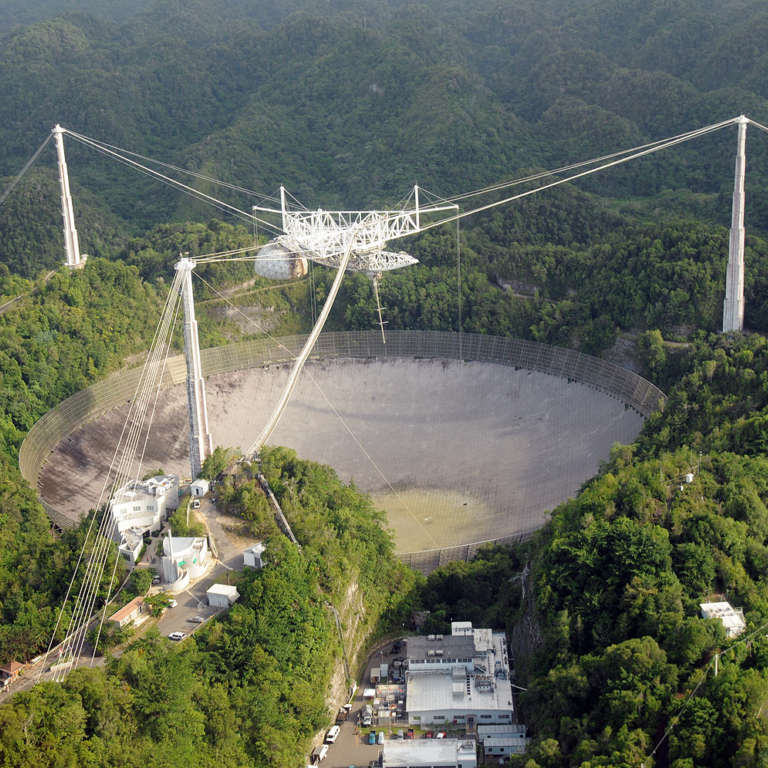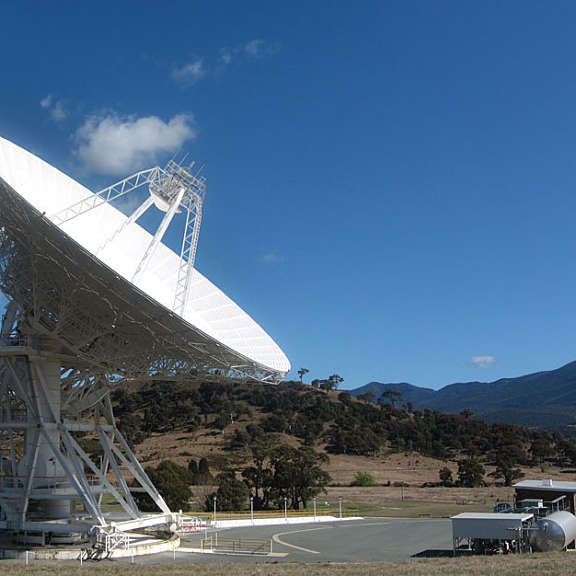All
All
Stories, updates, insights, and original analysis from The Planetary Society.
So much more than meets the eye
Space is even more spectacular when you can see beyond what the eye can behold.
Would you care for a sample?
Bringing samples of the Moon and Ryugu to Earth, and mourning further damage to the Arecibo Observatory.
The view from a rover’s eyes, and tips for viewing the night sky
What do professional basketball players have in common with a Mars rover? Plus more news from the adventure of space exploration.
Nadia Drake: NSF investigating how to shut down Arecibo
Reporter Nadia Drake has been following the status of Arecibo very closely, and recently wrote two articles explaining what it means that the National Science Foundation has begun an environmental review process for the giant radio telescope.
The Cosmic Microwave Oven Background
Over the past couple of decades the Parkes Radio Telescope in Australia has been picking up two types of mysterious signals, each lasting just a few milliseconds. The source of one of these signals may have finally been found—and an unexpected source at that.
How Arecibo Observatory Transmits to the ISEE-3 Spacecraft
Talking to spacecraft is a normal occurrence at Arecibo Observatory, but sometimes the nuts and bolts are a little unconventional.
The Case of the 5-Millisecond Cosmic Radio Burst
Everyone loves a good mystery. In astronomy, there is nothing more exciting than an unexplained signal.
Green Bank Telescope Helps Out an Old Friend
The Green Bank Telescope has been called into emergency service to play radar ping-pong on a close-by asteroid with Arecibo Observatory’s 100-meter William E. Gordon radio telescope.
Arecibo Observatory operational after repairs to fix earthquake damage
Early in the morning on January 13, 2014, a 6.4 magnitude earthquake struck beneath the Atlantic Ocean north of Puerto Rico, damaging Arecibo Observatory, the world’s largest single-dish radio telescope. The telescope is now operational after repairs and scientists have resumed observations. However, the future of Arecibo Observatory remains unclear due to funding uncertainties in the federal budget.
Returning Explorers
ICE has been on a journey for over 30 years around our sun. While the owner has decided not to bring the ship back to its home port, a group of radio amateurs tries to find out how ICE is doing.
Spacecraft phone home: Cool Deep Space Network data visualization
Check out the awesome new
Cosmos with Cosmos Episode 12: Encyclopedia Galactica
Cosmos returns in fine form in its penultimate episode. Sagan explores the historical and scientific precedents for the search for extraterrestrial life (SETI) and our human desires to not be alone in the universe.
Government shutdown closes 3 of 4 National Radio Astronomy Observatories
The shutdown of the federal government continues to claim casualties. Today, the Green Bank Telescope, Very Large Array, and Very Long Baseline Arrays all shut their doors, blinding us to the radio sky and scuttling long-term research projects.
Book review: Europe to the Stars, by Govert Schilling and Lars Lindberg Christensen
The world's great telescopes capture stunning photographs of stars, nebulae, and other sky phenomena. In Europe to the Stars, authors Govert Schilling and Lars Lindberg Christensen share many such photos. But the real stars of this book are the great telescopes of the European Southern Observatory.
How radar really works: The steps involved before getting an image
Arecibo Observatory is known for its 1000-foot diameter telescope and its appearances in Goldeneye and Contact. Aside from battling Bond villains and driving red diesel Jeeps around the telescope (grousing at the site director about the funding status of projects is optional), several hundred hours a year of telescope time at Arecibo go toward radar studies of asteroids.
Say "hi!" to asteroid -- actually, asteroids -- (285263) 1998 QE2
A large asteroid is passing reasonably close to Earth in a few hours, and astronomers at the great radio telescopes at Goldstone and Arecibo are zapping it. The latest discovery: QE2, like many asteroids, is a binary.
Astronomy Enters a New Era
A live conversation about just a few of the powerful new instruments that will revolutionize our knowledge of the cosmos once again.
DSS 35: Watch the construction of the next big dish!
You can watch via webcam as the next Deep Space Network radio antenna -- DSS 35, in Tidbinbilla, Australia -- gets its dish.
ALMA Adventure--Complete Interviews With Planetary Radio Guests
The extended, mostly unedited recordings of my conversations with many of the people I spoke to at the ALMA Observatory in Chile. Also, the full English translation of Chilean President Sebastian Pinera's speech.


 Explore Worlds
Explore Worlds Find Life
Find Life Defend Earth
Defend Earth


 Sun
Sun Mercury
Mercury Venus
Venus Earth
Earth Mars
Mars Jupiter
Jupiter Saturn
Saturn Uranus
Uranus Neptune
Neptune Small Bodies
Small Bodies

















